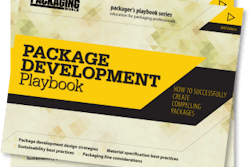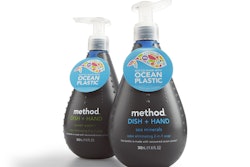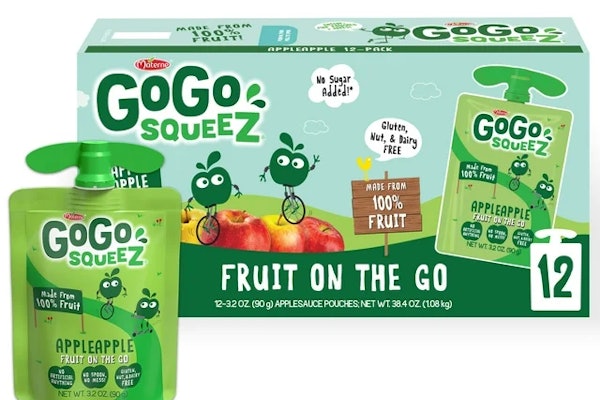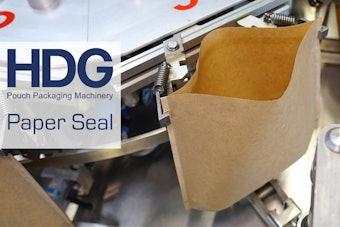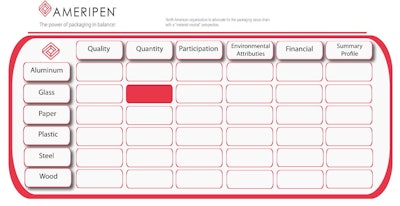
AMERIPEN has made public on its Web site a comprehensive mapping tool, the Product Recovery Knowledge Map (PRKM), as the first fruit of its labors toward increasing the recovery rates for packaging. As Jeff Meyers of The Coca-Cola Company explained in a November 15 Web seminar introducing the interactive new tool, one of the primary goals of the American Institute for Packaging and the Environment since its inception in early 2011 has been to improve the recovery of packaging materials in the U.S., through the efforts of its Recovery Work Group (Meyers and Elisabeth Comere of Tetra Pak co-lead the group). The PRKM represents the first phase of this undertaking.
“Essentially, we felt the best approach to support enhanced recovery was to do a State of the Union, if you will—a baseline of facts to understand where we are today, from material generation all the way to material recovery—and then use that as a data baseline to determine where there are gaps and where there are opportunities,” Meyers explained.
The PRKM consists of matrices for three areas of inquiry around curbside recycling—Packaging Material Data, Collection and Processing Infrastructure, and Recovery Systems—and report the findings of the Recovery Work Group’s three teams. Most of the data is publicly available, but has been collected and organized in the mapping-tool format by AMERIPEN for ease of use by industry professionals. Says AMERIPEN executive director Joan Pierce, “We hope that this open access to the PRKM will enable increased participation in recovery efforts from across the packaging value chain.”
Describing the knowledge maps, seminar moderator Karen Bandhauer of recycling consultancy Resource Recycling Systems (RRS), said: “If a Jeopardy board and a Wikipedia page got married and had a baby, this is what it would look like.” Each “Jeopardy board square” in the PRKM is supported by an organized, robust “Wikipedia-type” knowledge-sharing resource.
Added Bandhauer, “From the very beginning, Ameripen has been saying that we want to root our decisions in sound science and in our understanding of best practice research and data. The PRKM helps to support that. It’s a nice place for us to organize and share the information that we are using to base decision making and then project choices moving forward.” She also noted that the knowledge maps are designed so that they can be updated as more information becomes available or as systems evolve.
As a result of the Recovery Work Group’s data collection, Meyer says the team has provided AMERIPEN with recommendations on how to advance curbside recycling through three points of intervention: the recovery infrastructure, education, and local and state participation.
Phase II of the Recovery Work Group’s efforts began in October and have been plotted on a timeline through the end of 2013. The first step involves the 100 Cities survey. Explained Keefe Harrison, also of RRS, “The 100 Cities project is an effort to survey the 100 largest U.S. cities by population to gather municipal data around five key areas [collection, processing, education, participation strategies, and financial] that influence the positive recovery of packaging.”
The 100 Cities project is part of “Step 1: Go Power.” “Step 2: Scenario Building” is scheduled to take place from January through March of 2013 and will involve narrowing test markets and recovery scenarios, and building public engagement. In “Step 3: Launch Planning,” from April until June 2013, the work group hopes to formulate recovery implementation plans, as well as partnerships and staging. And in “Step 4: Execution,” scheduled for July through December 2013, the work group plans to begin execution of up to eight recovery projects.
When asked how AMERIPEN believes enhanced recovery efforts might be funded, given the current cash-strapped status of local governments, Pierce explained that the group’s goal is to find ways to best utilize the funds already available. “I think it is unrealistic to expect more dollars,” she said. “I think the whole purpose of what we are trying to do is to not only find a system that is effective, but also one that is efficient. That’s why we are taking a look at the entire value chain to understand the flow of money so that fundamentally we can do more with what we have.”
In response to another question around AMERIPEN’s position on Extended Producer Responsibility, Pierce said: “Our intention has always been not to engage in the debate either for or against EPR, but just to take action and start the work process that is going to make the difference.” She added, however, that the group is continuing to gather data on EPR and hopes to release an official position at the end of March 2013.
